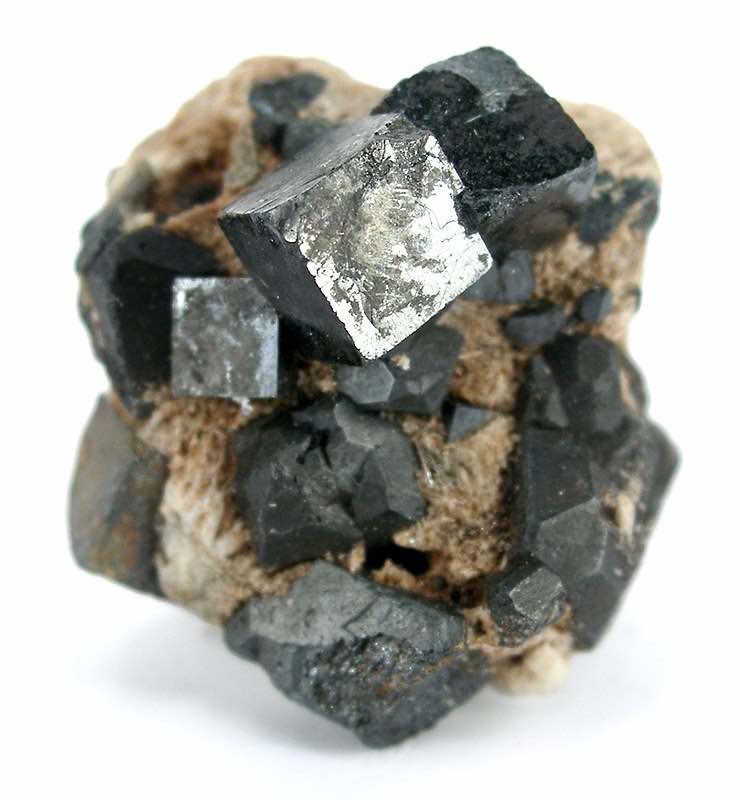The last decade has seen a radical drop in the price of solar panels, driven largely by advances in manufacturing and installation.
Researchers are developing solar cells that are even cheaper, using perovskite crystals, a cost-effective alternative to silicon typically used in solar panels.
New research published in the inaugural issue of the journal Joule suggests that light and water could be used to make perovskite solar cells markedly more efficient.
Perovskites are thought to be the next big thing in solar. While solar panels have gotten a lot more affordable, they will need to become dirt cheap if we are going to beat climate change. Buying rooftop solar panels will need to cost about as much as throwing on a new coat of paint. Perovskites might help us get there.
To understand how this remarkable technology works, take a peek inside a conventional solar cell. When sunshine strikes the solar panel, particles of light knock free surplus electrons from molecules of silicon.
Those electrons flow through the metal lining of the cell and then by wire to homes and businesses in need of power.

The trouble with silicon is that it needs to be flawless to generate electricity. Microscopic imperfections can deflect electrons that would otherwise power a light bulb or laptop computer. To purify silicon, producers heat the material to up to 1500 degrees F, which takes a lot of energy and costs a lot of money.
Perovskite solar cells, on the other hand, generate power even when full of flaws. The raw materials cost less than silicon. And, in the short time they have been studied, scientists have made them dramatically more efficient, allowing them to convert more of the sun’s energy into electricity.

Researchers from the United States and Britain have shown that it is possible to further improve the efficiency of perovskite cells. Rather than stick perovskites in a furnace, like silicon, it is possible to use light and moisture to remove flaws in the material. Everything needed to make a better solar cell can be found outside on a slightly humid day.
Last year, researchers discovered that shining a light on perovskites caused positively charged iodine atoms to disperse, and those atoms carried away defects in the process. But, when the light was turned off, the effect was reversed.
For this study, scientists tried to make the effect permanent. They exposed a perovskite cell to light as well as oxygen and modest amount of humidity. Light causes oxygen to bind with defects in the cell, effectively neutralizing them. A little bit of humidity causes the perovskite to form a protective shell that locks in the oxygen atoms, meaning the cell does not revert to its previous state.

“The processing is relatively simple as compared to silicon solar cell production,” said Tom Savenije, professor of chemical engineering at the Delft University of Technology in the Netherlands and coauthor of the paper. “It’s a very cheap treatment to make these improvements.”
This research isn’t just useful in solar panels. Scientists are experimenting with using perovskites to replace silicon in LED lights and x-ray detectors, among other devices. “It is really the cheaper alternative material for silicon,” Savenije said.
Still, researchers have numerous hurdles to overcome before perovskite solar cells end up on our roofs. One is that perovskite cells degrade when exposed to too much moisture. Rain, for example, can cause them to can leak toxic chemicals, like lead.
“It’s definitely the stability which is one of the key issues that we should work on before commercialization is an option,” Savenije said. But he is bullish on the future of perovskites. “If silicon could ever be beaten by other materials,” he said, “this material has the best chance.”










